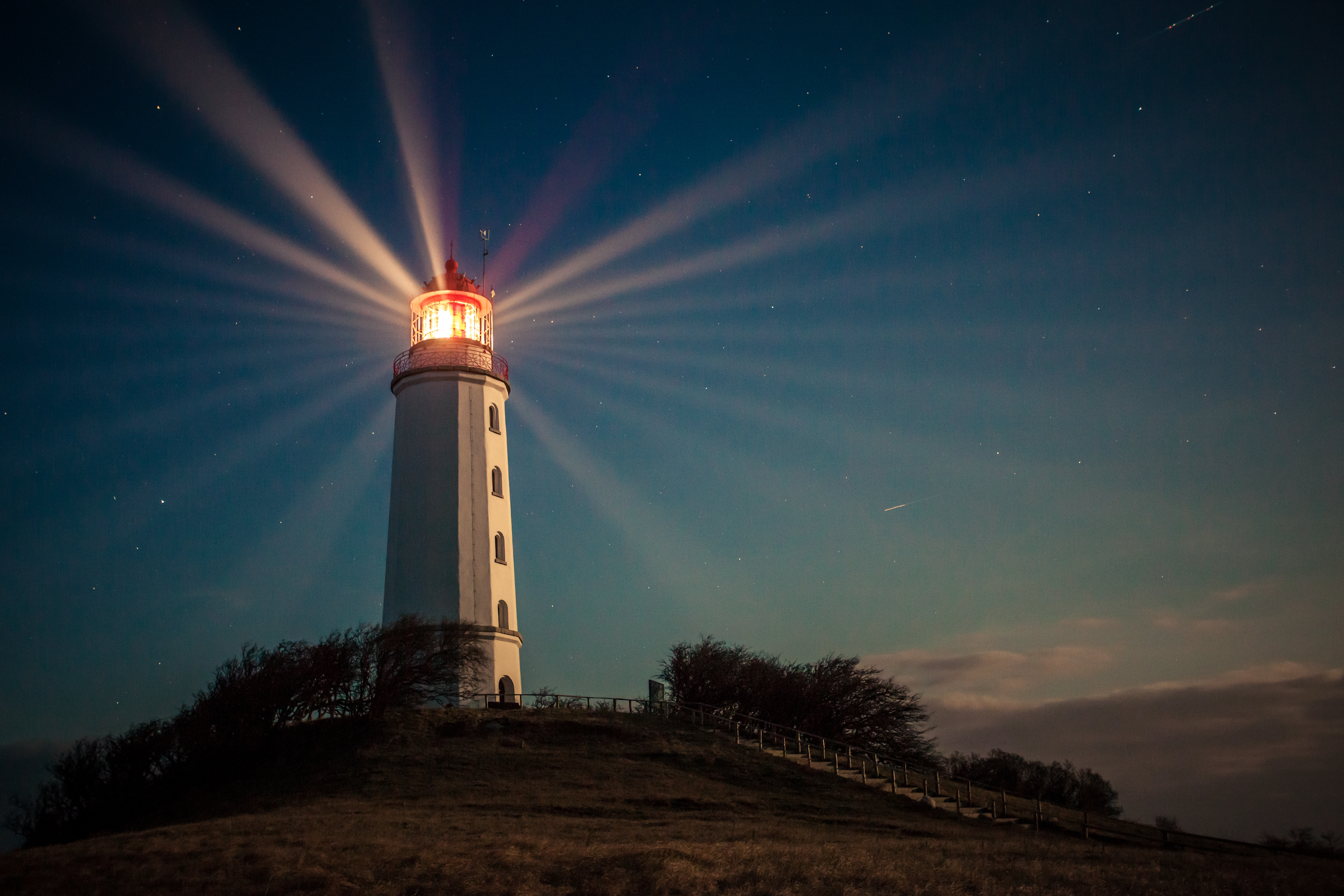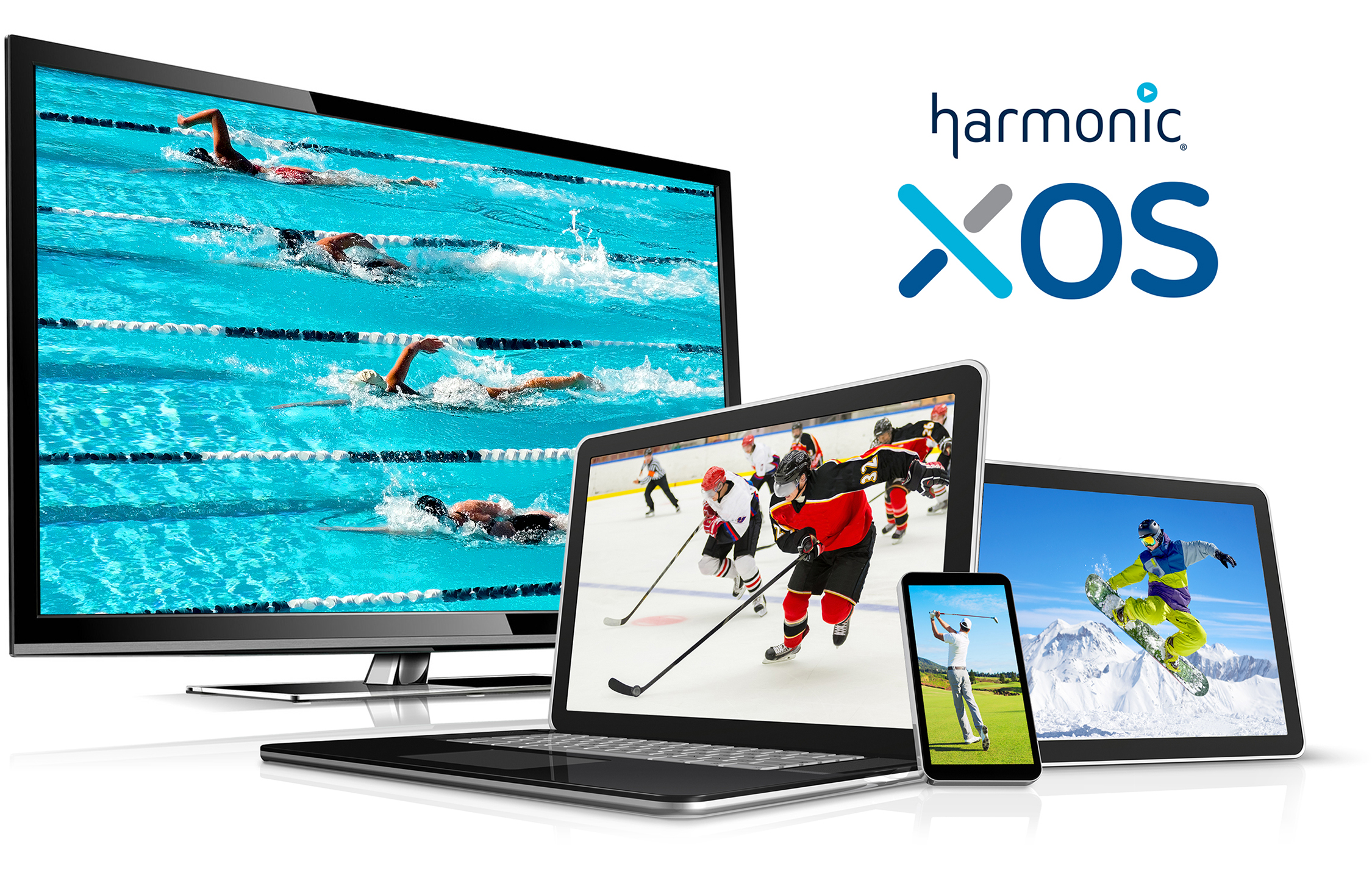NextGen TV: Lighthouse To Nightlight And Beyond
Could 3.0 datacasting someday fund a gentle shutoff of ATSC 1.0?

It’s amazing what can happen in just a few years. Not too long ago, ATSC 3.0 proponents and skeptics would go round and round arguing for and against NextGen TV.
But since LG Electronics, Samsung and Sony blazed the 3.0 consumer trail at CES 2020 with their introduction of the first NextGen TVs, the naysayers have had progressively weaker arguments as broadcasters and CE makers alike achieved a succession of milestones on the way to a successor TV standard. Without question, there have been some setbacks along the way, but the direction and momentum are clear.
Perhaps the last bastion for skeptics was datacasting. ATSC 1.0 supported datacasting, but it never lived up to its commercial potential. “Why should it be any different with 3.0?” they would ask.
But as the saying goes, “the proof of the pudding is in the eating,” and with several important datacasting developments at the 2024 NAB Show, reported in last month’s column, it seems 3.0 proponents and skeptics alike are about to get a big spoonful and determine for themselves whether delivery of IP packets via broadcast for third-parties eager to find affordable alternatives to unicast wireless networks is a viable 3.0 business.
Presuming initial rollouts are successful, it’s likely more broadcasters will wish to jump on board, making some of their bandwidth available for datacasting to capture their own slices of the pie.
The problem at the moment is the lighthouse model used for the voluntary transition to NextGen TV leaves only a fraction of the bandwidth potentially available in markets in play for resale to data customers.
In most markets, broadcasters share single sticks and 6MHz channel assignments to deliver over-the-air NextGen TV. They’ve reshuffled the deck on the remaining towers and assignments to maintain their DTV main channels and digital sub-channels.
The professional video industry's #1 source for news, trends and product and tech information. Sign up below.
The hope is that over time, consumers will replace their existing legacy DTV sets with NextGen TVs, making it possible to reshuffle available TV spectrum periodically, devoting more spectrum to 3.0 service and less to 1.0. Eventually, local broadcasters would end up sharing a tower and 6MHz channel assignment in their markets to maintain legacy DTV service—a nightlight—until consumers replaced the last dribs and drabs of ATSC 1.0 sets in their homes.
The problem is what to do about the Diginets. They require bandwidth. While it’s true broadcasters are only obligated to maintain their primary channel, it’s unimaginable that they would be willing to forego Diginet revenue by shutting them off simply on the hope of 3.0. Not only would station revenue suffer, but it’s highly likely many viewers would be miffed—some to the point of complaining to their representatives and the commission.
However, I can only wonder if 3.0 datacasting revenue potential will prove to be so great that someday broadcasters themselves elect to pay for ATSC 3.0-to-1.0 converters for dwindling DTV viewers. That way broadcasters can complete the transition, maintain their OTA main channels and Diginets for first-gen DTV viewers and maximize the earning potential of their channel assignments by allocating a substantial portion of available bandwidth to meet the datacasting demands of a new group of clients.
Phil Kurz is a contributing editor to TV Tech. He has written about TV and video technology for more than 30 years and served as editor of three leading industry magazines. He earned a Bachelor of Journalism and a Master’s Degree in Journalism from the University of Missouri-Columbia School of Journalism.

